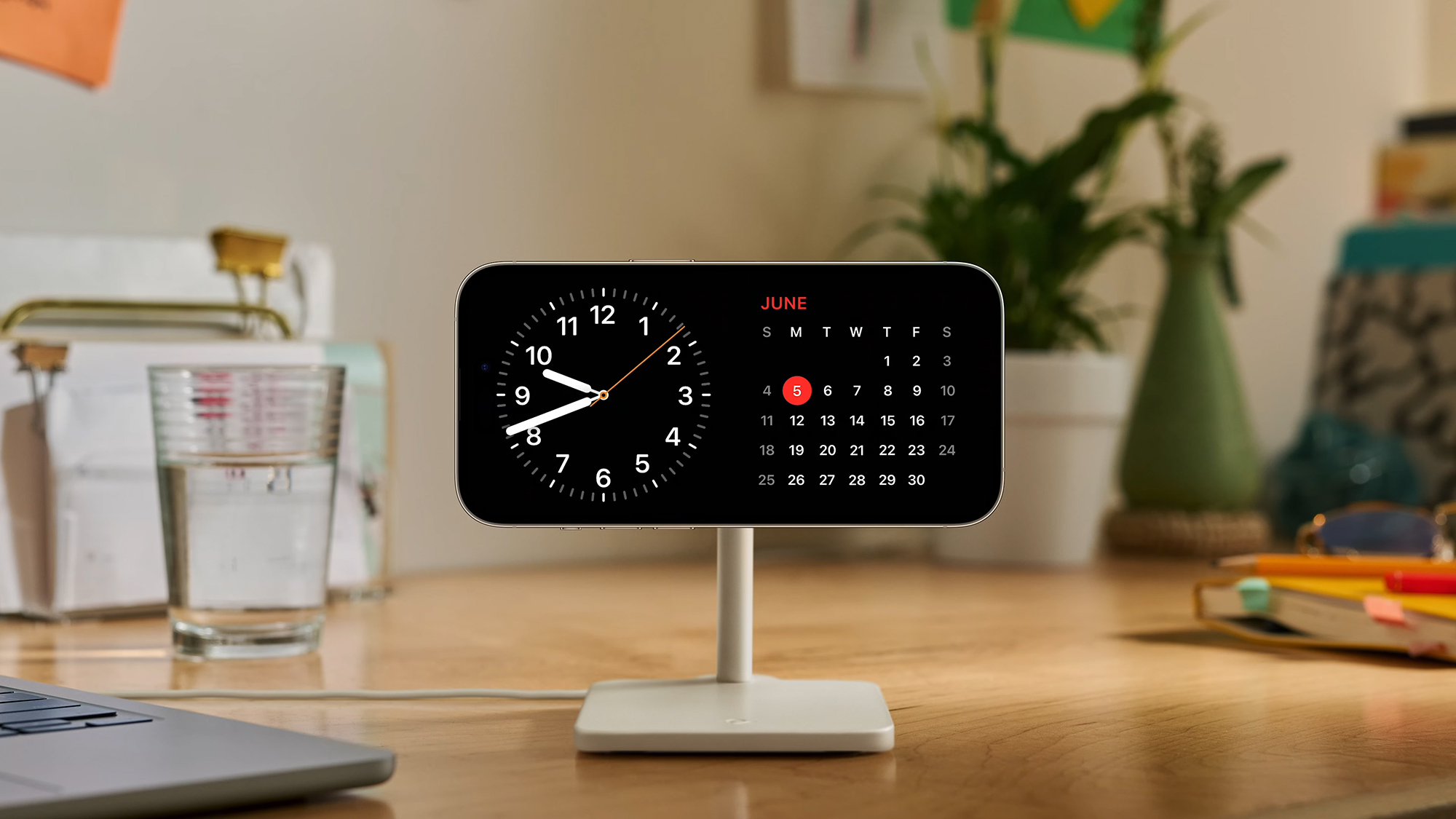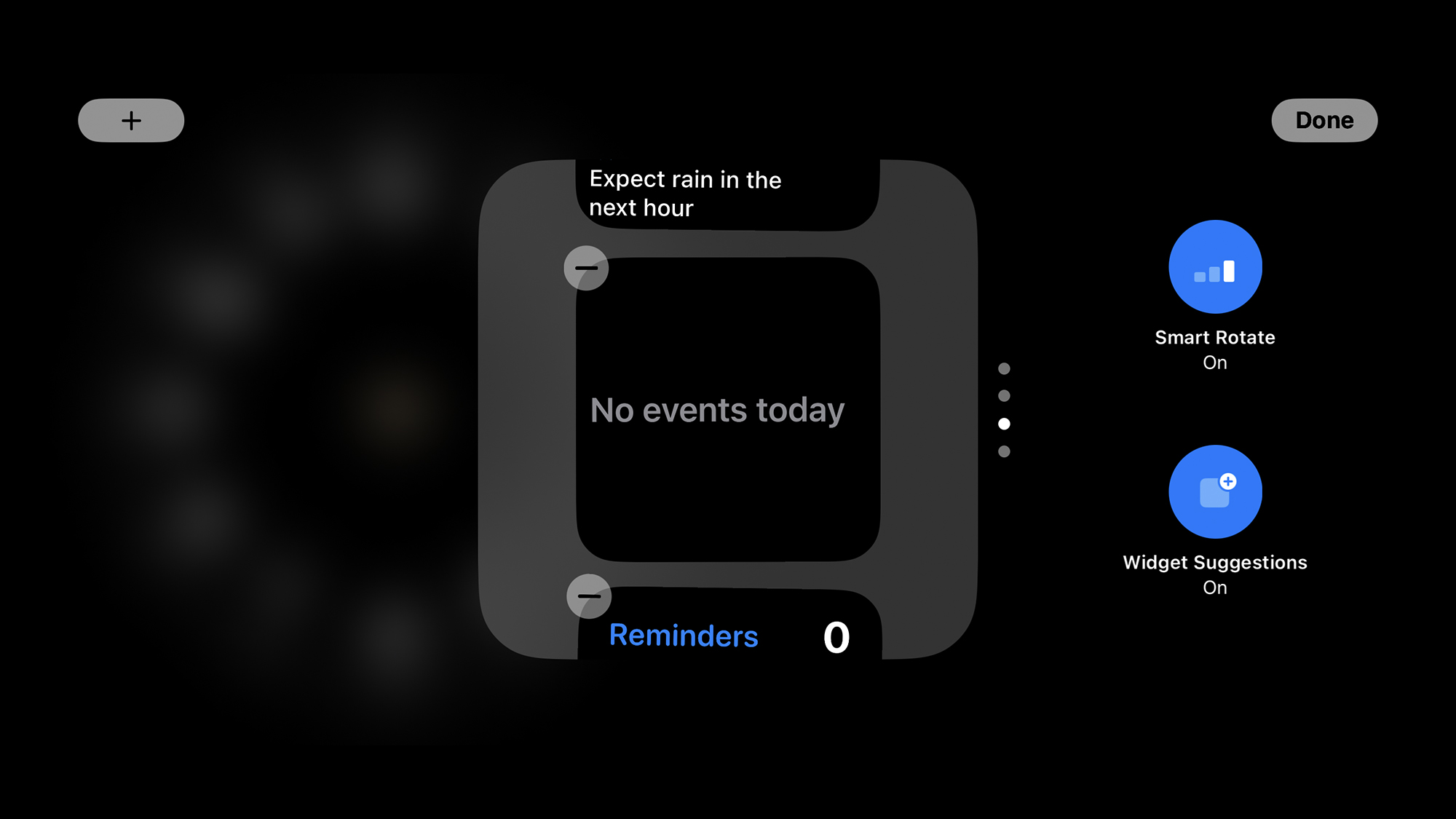

One of the new iPhone functionalities ushered in with the arrival of iOS 17—like offline Apple Maps support—is StandBy mode. This feature turns your iPhone into a small smart display that will show you everything from calendar appointments to your favorite photo albums.
Perhaps the obvious use of StandBy mode is to turn an iPhone into a bedside clock, displaying the current time and even dimming the display once the lights go out. But there are plenty of other ways to use it.
StandBy mode is available on iPhones running iOS 17—that’s the iPhone XR, iPhone XS, and iPhone XS Max launched in 2018, and every handset that’s appeared since.
If you have a Pro or Pro Max version of the iPhone 14 or 15, your device can display StandBy permanently on screen. On other models, you’ll need to wake the display to see it: You can do this by tapping the display or waving your hand in front of it.
How StandBy mode works

You can enable StandBy mode by going to StandBy on the Settings screen and turning on the StandBy toggle switch. If you’re using an iPhone with an always-on display, use the Always On toggle switch to determine whether StandBy mode stays permanently on the screen.
[Related: 6 great features to try out on iOS 17]
To have StandBy mode activate automatically, charge your iPhone and prop it up on its side and at an angle (so not flat on a surface). Once your device meets all of these conditions, StandBy mode turns on—the first time that happens you’ll see a message explaining what StandBy mode is. By default, you’ll see clock and calendar widgets appear first. To quit StandBy mode, simply pick up your phone, lay it down flat, or remove it from the charger.
The feature works with both wired and wireless charging, but MagSafe chargers have a bonus functionality: StandBy mode remembers how you’ve configured it on each separate charger, so you can have different setups for different rooms (the bedroom and the kitchen, for example).
Customizing StandBy mode
Swiping left or right on the StandBy mode screen cycles through the different views available to you. There’s a widgets screen, a photos screen, and a clock screen, and on each one you can swipe up and down for different configurations.
On the widgets screen, the display is split in two so you can swipe up and down on them separately to scroll through the available widgets. You can pick from the weather forecast, your upcoming calendar appointments, and any active reminders.

Long press on the widgets screen to remove add-ons from the list (via the minus button) or add new ones (via the plus button). The widgets you see will depend on the apps installed on your phone, but there are a bunch of native ones built into iOS to get you started.
Other than the widgets available to you, you’ll see other options similar to the ones you have for widgets on the home screen. Smart Rotate will intelligently change the available widgets based on the time of day and your usual habits, and Widget Suggestions will add in widgets based on the apps you already use a lot.
A long press also unlocks options on the photos screen, allowing you to choose a particular album in your gallery that’s different to the images StandBy mode chose for you.
A long press on the clock screen brings up the available options of that particular view, but as of yet, there’s no option to add a new clock face.

Back on the StandBy screen in iOS Settings, you can customize the StandBy feature in a few more ways. The Show Notifications toggle switch determines whether incoming notifications appear in StandBy mode—enable the Show Preview on Tap Only option underneath if you’d rather not have previews (like the first lines of messages) appear on screen.
[Related: Hand gesture reactions are one of macOS Sonoma’s coolest new features]
You can also tap Night Mode and enable the Night Mode toggle switch. This feature dims the display and turns everything on it red whenever your iPhone detects it’s in a dark environment. That way, StandBy doesn’t stop you from getting to sleep. The same screen has a Motion To Wake toggle switch: Keep it on if you want to be able to wake the screen with a wave, or turn it off if you find your nightly tossing and turning is constantly lighting up the display while you’re in bed.
